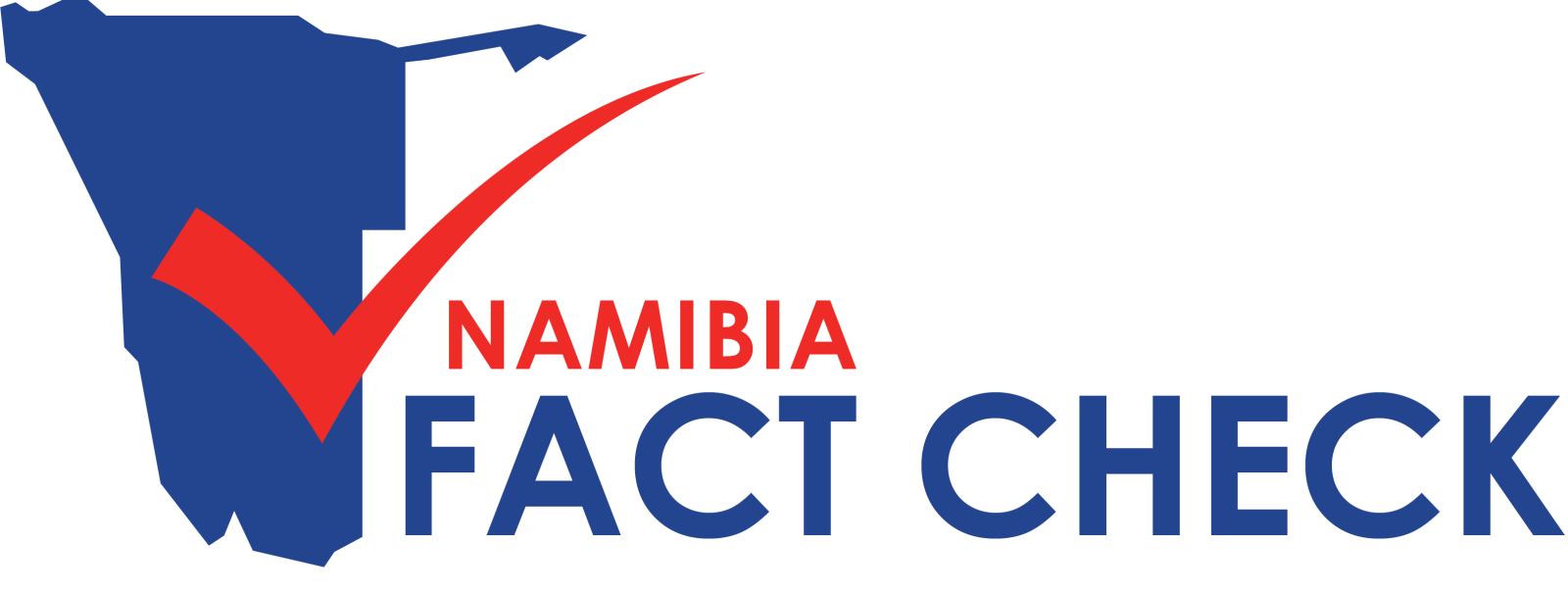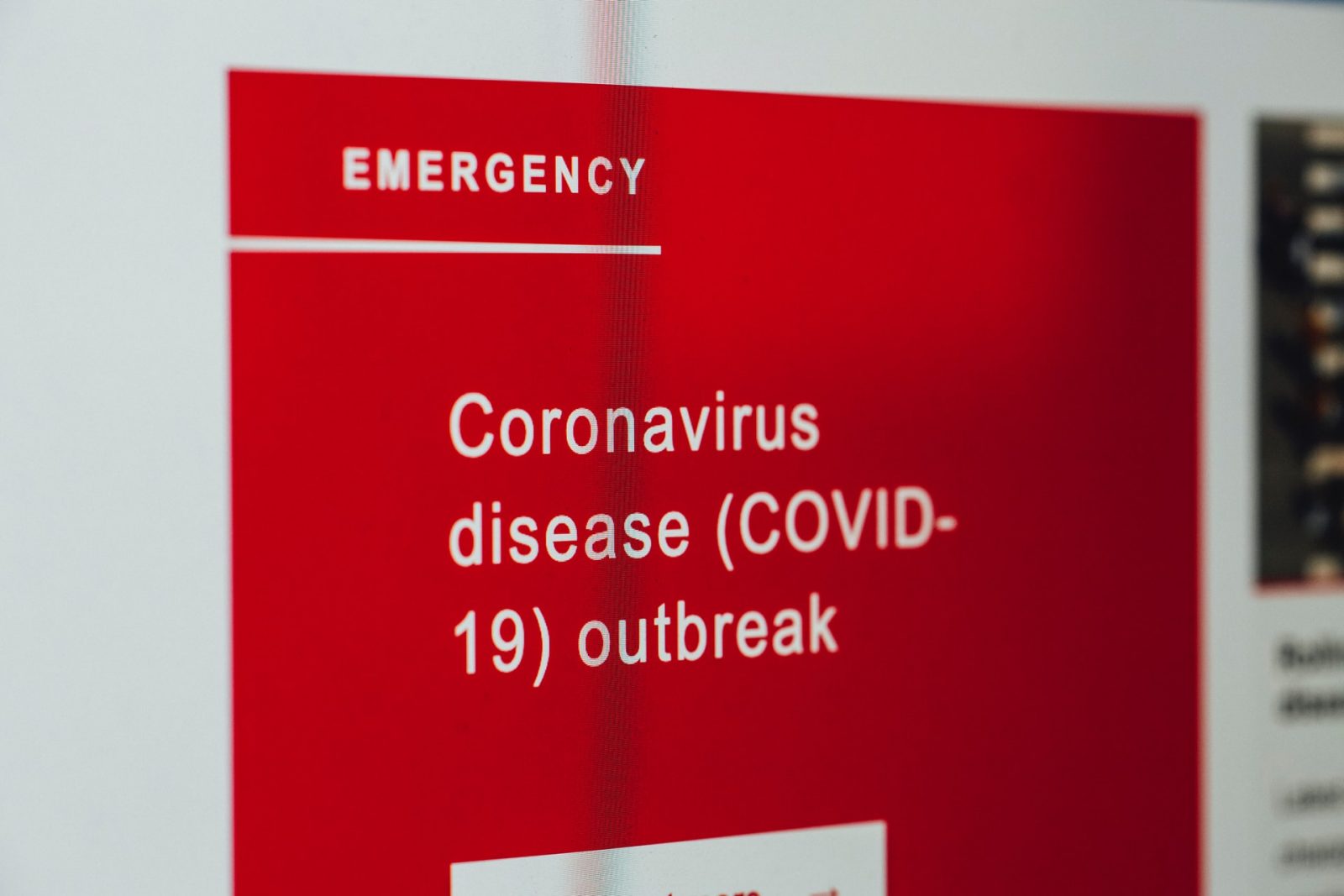Photo by Markus Spiske on Unsplash
As COVID-19 started spilling out of China at the end of January 2020, the World Health Organisation (WHO) warned that the “outbreak and response has been accompanied by a massive ‘infodemic’ – an over-abundance of information – some accurate and some not – that makes it hard for people to find trustworthy sources and reliable guidance when they need it”.
Since the start of February 2020 the ‘infodemic’ has to a large extent become a flood of harmful disinformation.
Following are some basic tips to spot false information on social media:
1) Does the post / graphic / image have a clearly identifiable source? All government, corporate, international agencies issue information with their logo clearly visible. For instance, all WHO information regarding COVID-19 comes with the WHO logo stamped on it. If the source of the information is not immediately clearly visible, then it’s most probably false;
2) Are emotive words used to convey the information? Credible information from expert sources usually is neutral in language and tone. For instance, when words such as ‘truth’, ‘conspiracy’ or ‘lies’ appear in a post meant to convey health-related information, it’s probably not from a credible source. So, be on the lookout for emotive words and language;
3) Is the image / graphic of a high quality? If an image is grainy or pixelated, or seems to have been altered without the alteration being acknowledged, be careful of it. Official sources usually use high quality images / graphics in their communication and information packages. As an example check out WHO graphics and images online;
4) Be on the lookout for spelling mistakes and poorly constructed sentences. Aside from emotive words or language, fake information also often comes riddled with spelling mistakes and confusing phrases or sentences;
5) Be wary of ‘shared’ or ‘forwarded’ messages or posts. False information is very often shared without anyone bothering to verify if it’s true. Also, not knowing where the information emanates from should be a warning sign. While not all information ‘shared’ or ‘forwarded’ is false, nevertheless be careful;
6) Has it been reported elsewhere? If credible, traditional news sources have not reported the information, it probably isn’t true. Always try and establish whether something has been reported by referring to trusted news sources.
7) Google it! If you suspect something of being fake, do a Google search, using key words with ‘hoax’ at the end, for instance, ‘coronavirus hoax’. Because most of the already viral coronavirus hoaxes have already been debunked before making an appearance on Namibian social media, a fact check article should appear immediately in the Google search feed. With images you can do a Google reverse image search to find out where and when an image first appeared or was published. Google ‘google reverse image search’ to find out how to do such a search.
A final piece of advice, always be critical of all information received via social media, even if ‘shared’ or ‘forwarded’ by trusted acquaintances or relatives.

